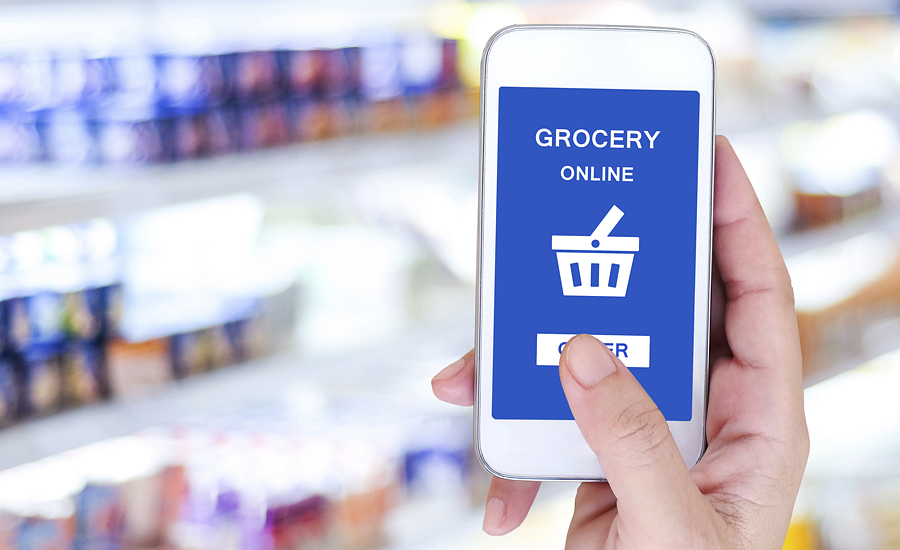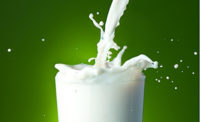Report details key factors for growth in online grocery market
Online sales of groceries more than tripled between 2013-2018, but still accounted for only 2% of total grocery spending.

Increased mobile/smartphone usage, better website and mobile app interfaces and expansion of crowdsourced business models to shopping and delivery are key factors creating the perfect environment for growth in the online grocery market, according to a report published by Packaged Facts, Rockville, Md.
Online sales of groceries more than tripled between 2013-2018, but still accounted for only 2% of total grocery spending. Beverages accounted for an estimated 13% of total online grocery sales in 2018.
Most of the online grocery sales growth has occurred since 2016, as e-commerce platforms and conventional grocery stores increase their participation and geographic footprint with expanded service areas. Looking ahead to 2023, online grocery sales are forecast to more than quadruple, as online options become more available and consumers become more open to trying online shopping or using online options more frequently to purchase their groceries.
"The key issues over the next five years involve improving customer trust in terms of perishable selection by grocery packers and extending service to more geographical areas. Curbside pickup of groceries is growing extremely quickly, and the lower costs of pickup for both retailers and customers will give it an edge over home delivery models, which typically require that customers plan to be home during a 2-hour window in order to accept delivery," says David Sprinkle, research director.
The study, “U.S. Beverage Market Outlook 2019,” provides an up-to-date resource on the Top 7 beverage categories, including juice, dairy beverages, non-dairy milk alternatives and more, presenting comprehensive insights on where the market growth will be and why.
Looking for a reprint of this article?
From high-res PDFs to custom plaques, order your copy today!




